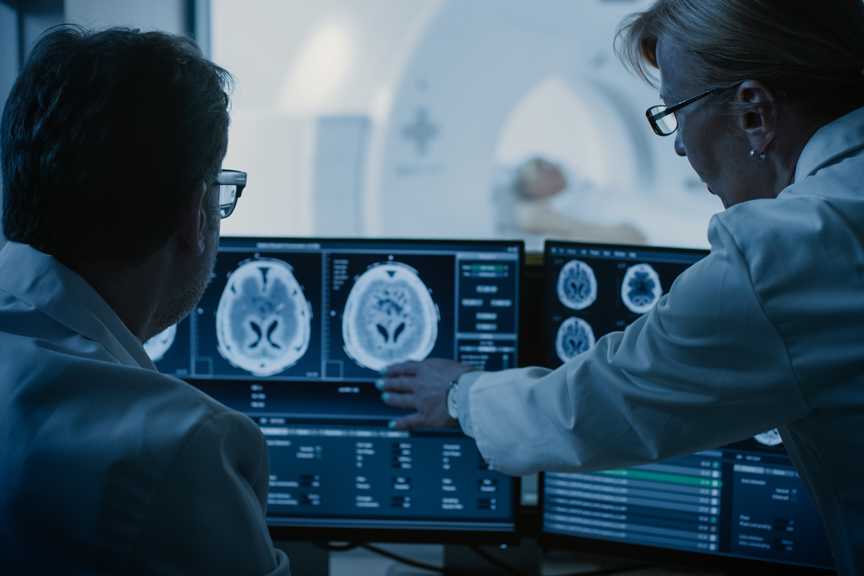AI Potential in the Healthcare Industry
Artificial Intelligence (AI) and Machine Learning (ML) are cross-industry key technologies for the digital transformation. There are many possible applications for AI- and ML-based solutions in the field of healthcare and pharmaceuticals. AI systems are highly efficient in recognizing and classifying patterns, which is a typical task in the analysis of medical image data.
However, progress in the clinical routine of hospitals and practices through AI and ML is comparatively slow, mainly due to the availability of patient data. As this data is highly sensitive and particularly worthy of protection, access to it is usually very restricted and only possible under strict conditions. We are aware of this challenge and have found solutions within the scope of our projects.
Trustworthy AI in Healthcare and Pharma
We work in close collaboration with the KI.NRW competence platform and the University of Excellence in Bonn - with the aim of advancing the use of AI in the healthcare and pharmaceutical sector. We have developed solutions that automatically anonymize medical image data, enabling us to guarantee data protection-compliant processing. Furthermore, unlike many comparable applications, our tools can be used and integrated on-premise, allowing you to retain full control over your data.




